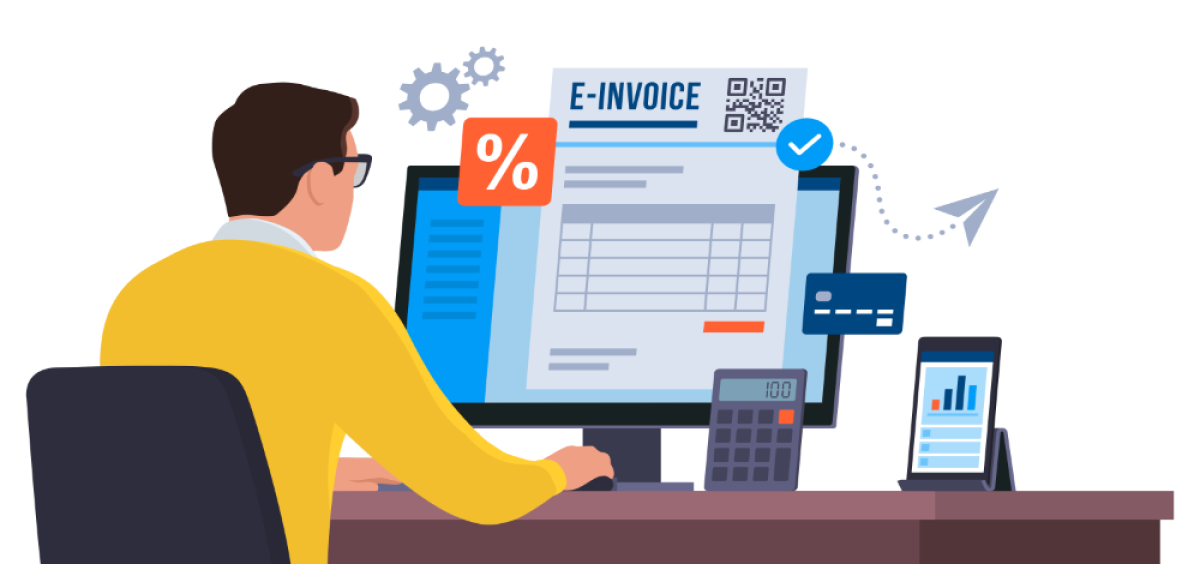Everyone is talking about e-invoicing and from 01.01.2025, companies with B2B sales must be able to send and receive e-invoices. In this article, you can find out how easy it is to meet these requirements with foreknown.
From release 2.12.0, we enable the creation of e-invoices based on the European standard EN-16931 and the X-invoice format.
Important terms
As the terminology surrounding e-invoicing can quickly lead to confusion and the same terms are used for different purposes, here is a brief summary of the key terms.
The European standard EN-16931
The EN 16931 standard is the European standard that regulates the data exchange of e-invoices in business transactions in the EU. It was developed by the European Committee for Standardization (CEN) and defines the requirements for a uniform, structured electronic invoice format. The aim is to simplify and harmonize the cross-border exchange of e-invoices in Europe.
The XInvoice format
There are actually two different uses here. On the one hand, the XInvoice refers to an XML-based, machine-readable format that can be provided independently of a human-readable variant. On the other hand, the XInvoice is a format based on the EN-16931 standard, extended for public administration in Germany, which takes into account the Leitweg-ID of authorities, for example.
ZUGFeRD
This term describes a so-called hybrid invoice, which provides both a readable form of the invoice as a PDF/A3 document and a machine-readable form as XML as an attachment to the PDF.
Setup in foreknown
To generate a valid e-invoice with foreknown, the following points must be considered:
- Companies and Contacts: The data of a company and its contacts relevant for invoices should be fully maintained. If a company is a public authority that requires an XInvoice, the Leitweg-ID of the authority can be entered as the supplier number.
- Invoicing Profiles: The invoicing profiles of a customer can be used to define whether and in which format an e-invoice should be generated. If required, this setting can also be set or overwritten directly on the invoice.
- Company Profile: Some essential information such as the sender data, VAT ID number, tax number and much more is taken from the company profile for an e-invoice. This should therefore be fully maintained.
- Invoice: All information from the invoice is also transferred to the e-invoice. It is important to ensure that the payment target and discount are maintained in the corresponding fields of the invoice so that they are correctly placed in the e-invoice.
If everything has been maintained correctly, nothing stands in the way of generating a valid e-invoice. When an invoice is finalized, the XML is automatically generated according to the defined format, validated and attached to the PDF (hybrid PDF invoice document).
If errors are detected during validation, these are listed and must be corrected before the invoice can be finalized.
Conclusion
By supporting the creation of e-invoices, foreknown ensures that the requirements for companies for invoicing (B2B) are supported in a simple way. It does not create any additional work in foreknown to generate and send e-invoices.

